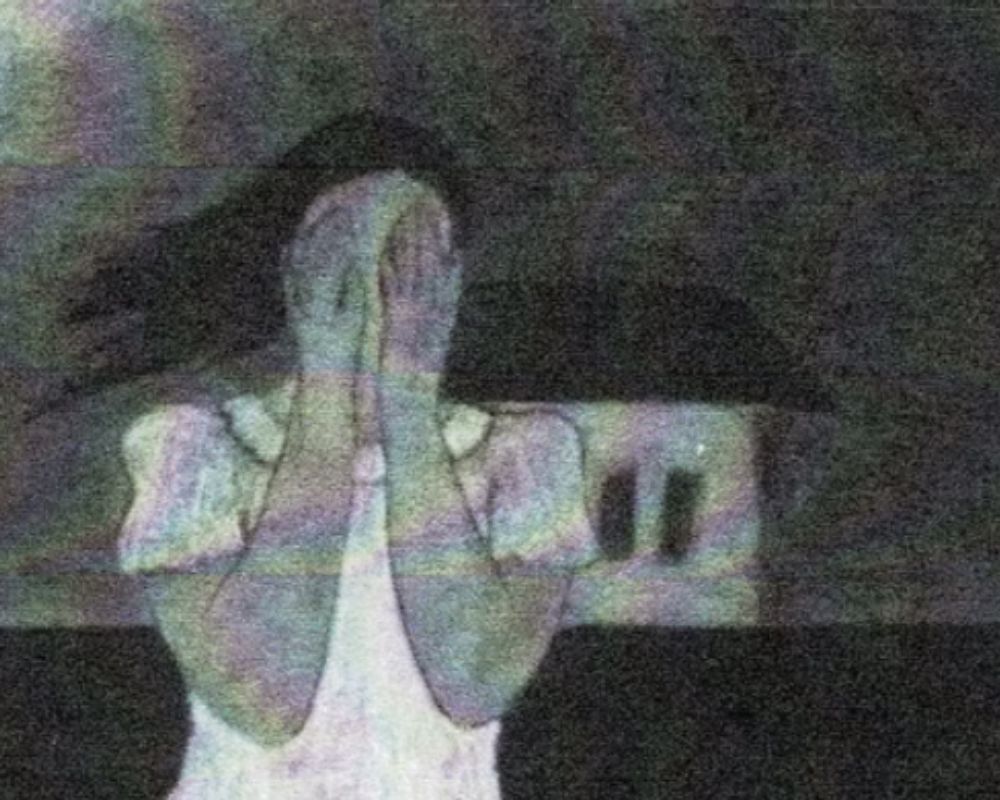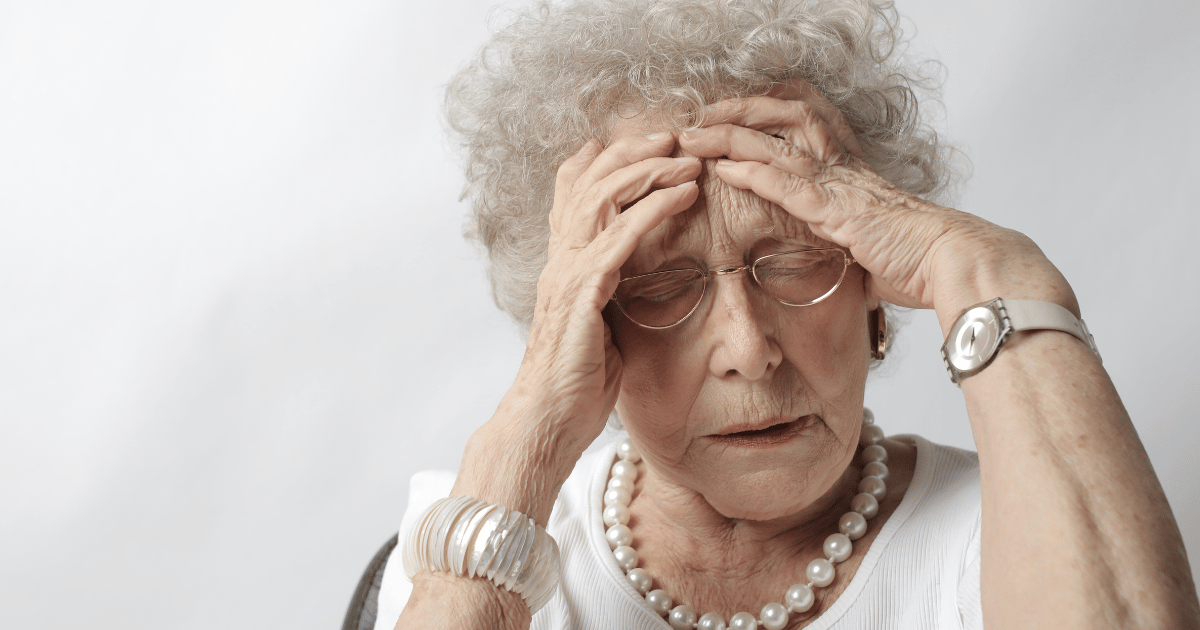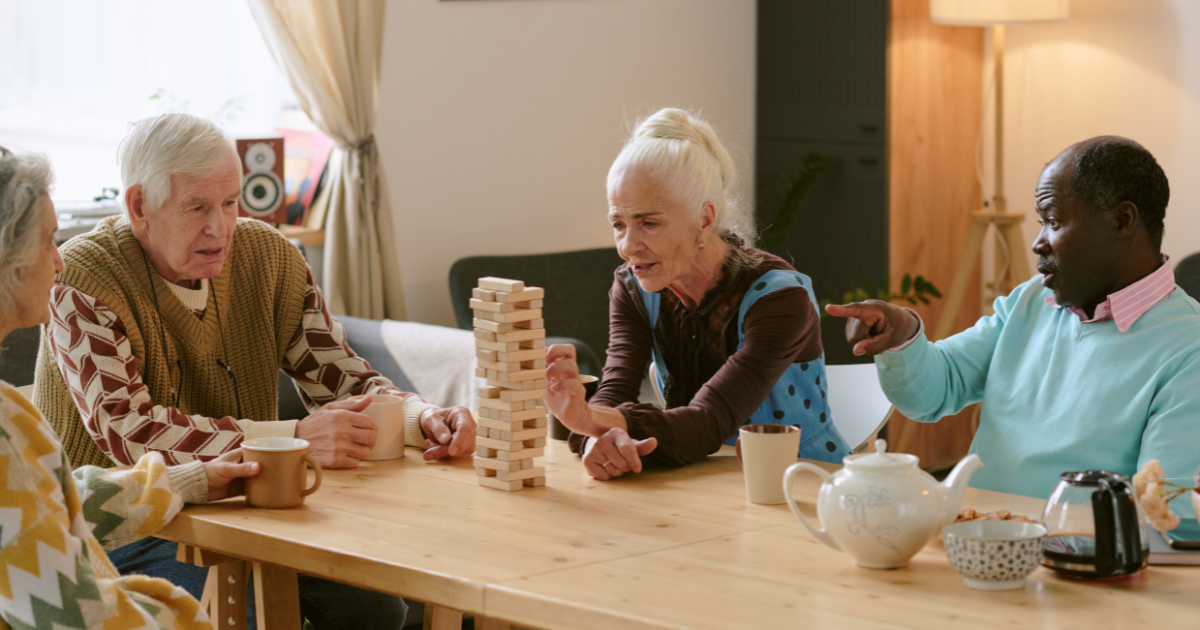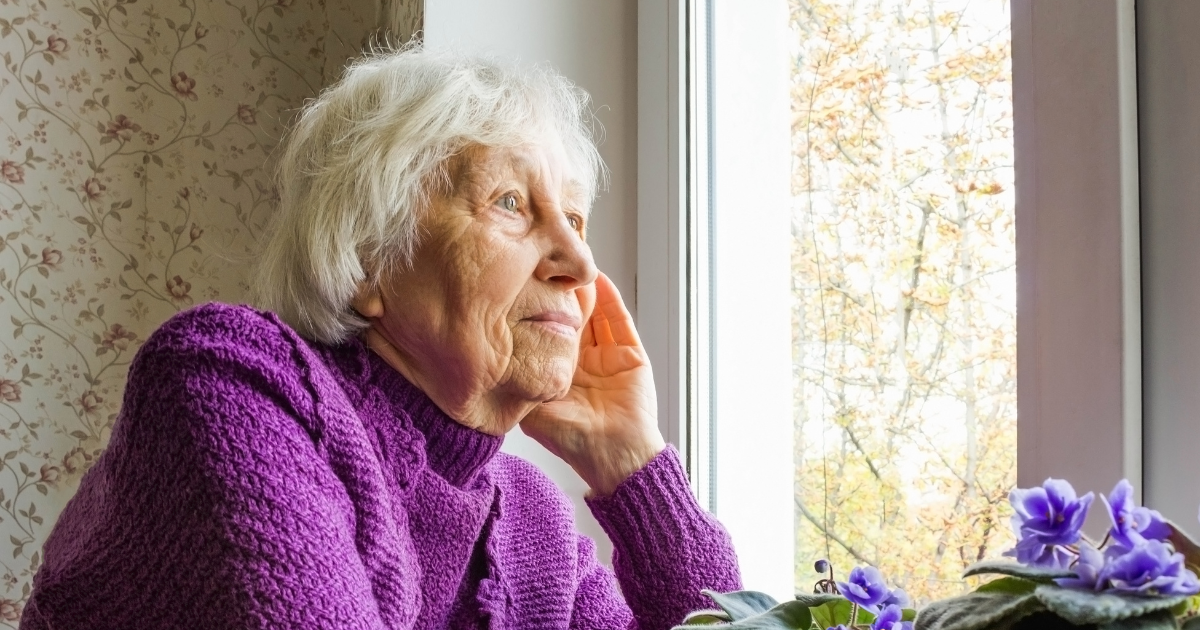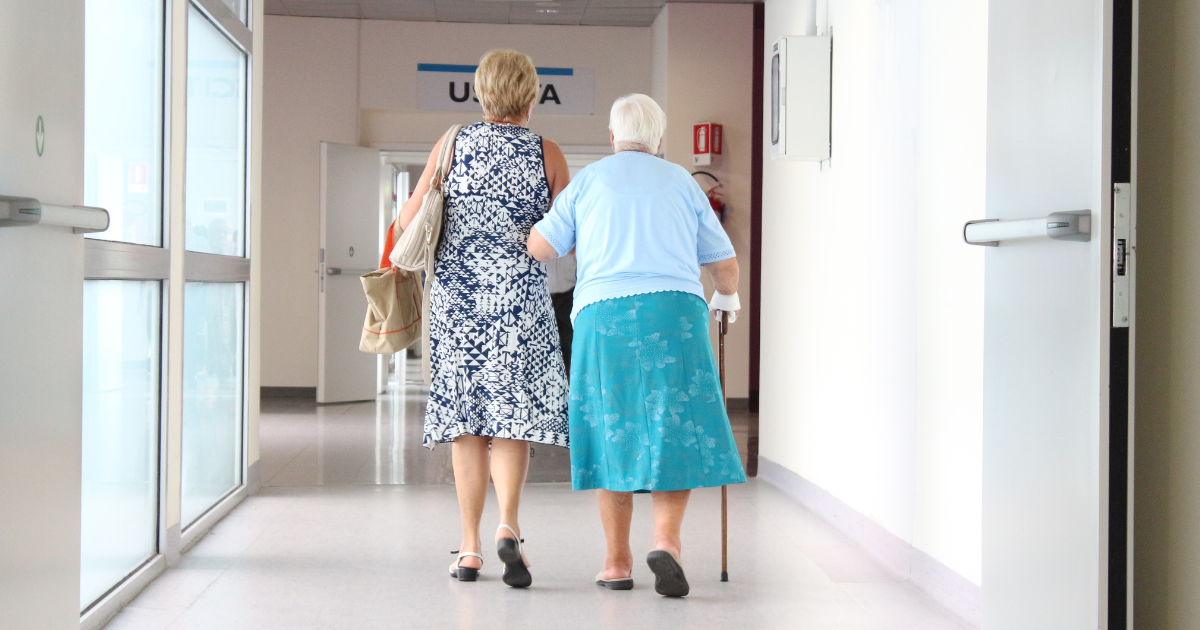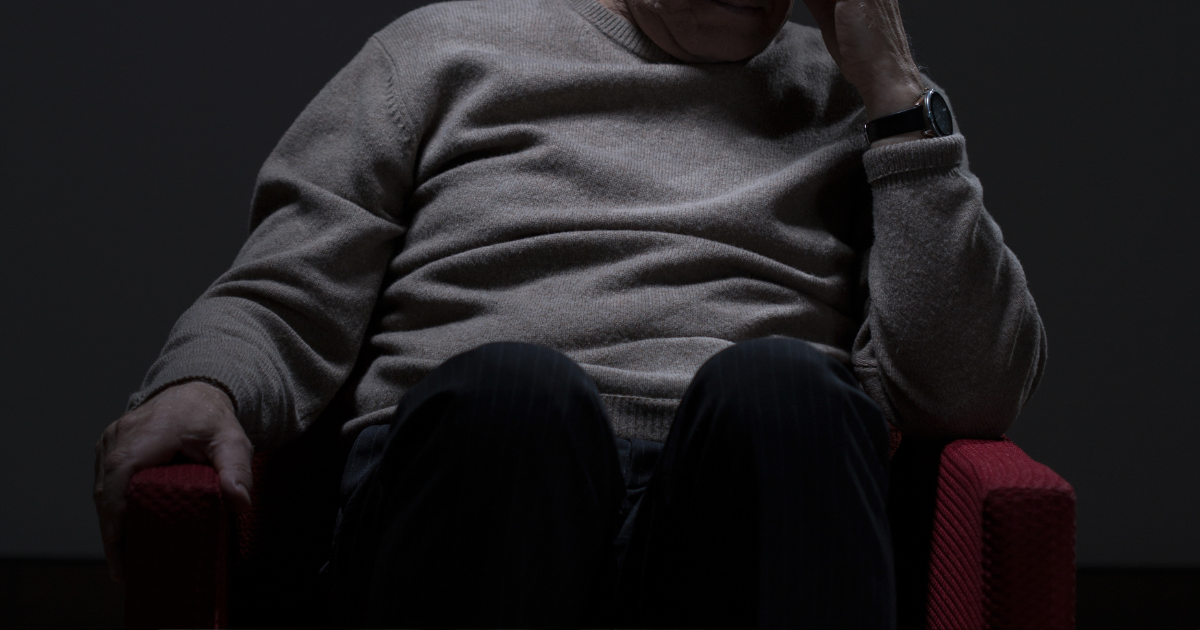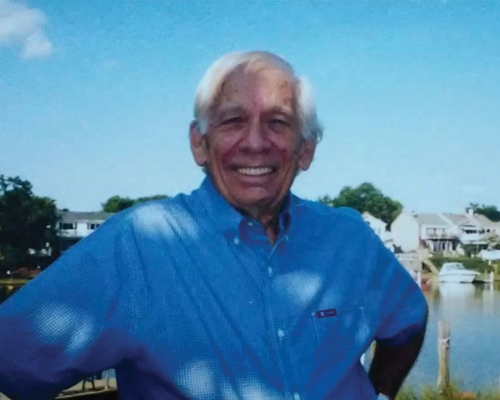How to Prevent Elder Abuse by a Family Member
Elder abuse is a growing concern, and in many heartbreaking cases, the abuse comes from someone the older adult knows and trusts: a family member. Whether it’s emotional manipulation, financial control, or even physical harm, elder abuse by family can leave lasting trauma and severely impact your well-being.
Preventing elder abuse starts with awareness, honest planning, and building protective systems before something goes wrong. Here’s what you need to know to recognize and prevent elder abuse by a family member.
What is Elder Abuse by a Family Member?
Elder abuse by a family member occurs when a relative — such as a child, spouse, grandchild, or sibling — causes harm or distress to an older adult. This abuse can take many forms, such as emotional, financial, verbal, physical, and others. It is also often difficult to detect because, after all, it’s your family member who you are supposed to be able to trust. It can stem from personal conflicts, financial motivations, substance abuse, or caregiver stress, but no matter the cause, it is never acceptable but can be prevented with the right resources and knowledge ahead of time.
In many cases, the victim depends on the abuser for care, which can make it harder for them to speak up or seek help. That’s why recognizing the signs and taking preventive action is so important — both for yourself and the older adults in your life.
9 Ways to Prevent Elder Abuse by a Family Member
Preventing elder abuse isn’t about responding to red flags—it’s about preparing before any issues arise. Whether you’re an older adult, a caregiver, or a concerned loved one, these practical steps can help reduce risk and protect those who are vulnerable.
1. Start a plan
Begin by outlining your wishes for care in the future. A helpful resource is the Five Wishes program, which walks you through end-of-life decisions in a clear, easy-to-understand format. Planning now reduces confusion and protects you later if you become incapacitated.
2. Be aware of changes and conflicts in family
Pay attention to shifts in behavior, tensions, or stress in family members you’re relying on. Someone acting differently, withdrawing, or showing signs of resentment may be struggling or might not be the right person to depend on for care.
3. Stay socially active
Isolation can make older adults more vulnerable to abuse. Maintain strong ties with friends, family, neighbors, or local community groups. Regular interaction can help others notice when something seems off—and offer support when needed.
4. Choose a reliable healthcare and financial agent
Designate someone you trust to make medical or financial decisions if you become unable. In fact, consider appointing two agents—one for healthcare and another for finances. Review your choices yearly and clearly document everything.
5. Don’t assume your health representative will always be available
Plans can change. The person you choose may not be ready or able when the time comes. Regularly revisit your healthcare and legal plans (at least once a year or more), and make sure others know where to find them. The Planning My Way site is a great starting point.
6. Create a complete elder care plan
Take a proactive approach with tools like The Complete Eldercare Planner by Joy Loverde. You can find the guide here. It helps organize everything from medical needs to legal documents.
7. Learn about the risks and causes of elder abuse
Understanding how and why abuse occurs helps you spot early warning signs. Look into caregiver stress, financial pressures, and substance abuse—all of which can increase the risk of mistreatment.
8. Educate older adults
Older adults may not recognize what counts as abuse or may be hesitant to speak up. Encourage open conversations about boundaries, safety, and personal rights.
9. Prepare legal and financial safeguards
Avoid joint bank accounts and instead assign power of attorney only to someone fully trusted. Make sure legal documents are in order and reviewed annually by a legal or financial professional.
Prevention Is Possible
Elder abuse by a family member is a difficult topic—but ignoring it can lead to lasting damage. The good news is, prevention is possible. By planning ahead, staying connected, and putting legal and medical protections in place, you can help shield yourself or a loved one from the risk of abuse.
Whether you're preparing for your own future or helping an older adult in your life, use the resources above to take the first step. Family elder abuse prevention starts with a conversation—and a thorough plan.


